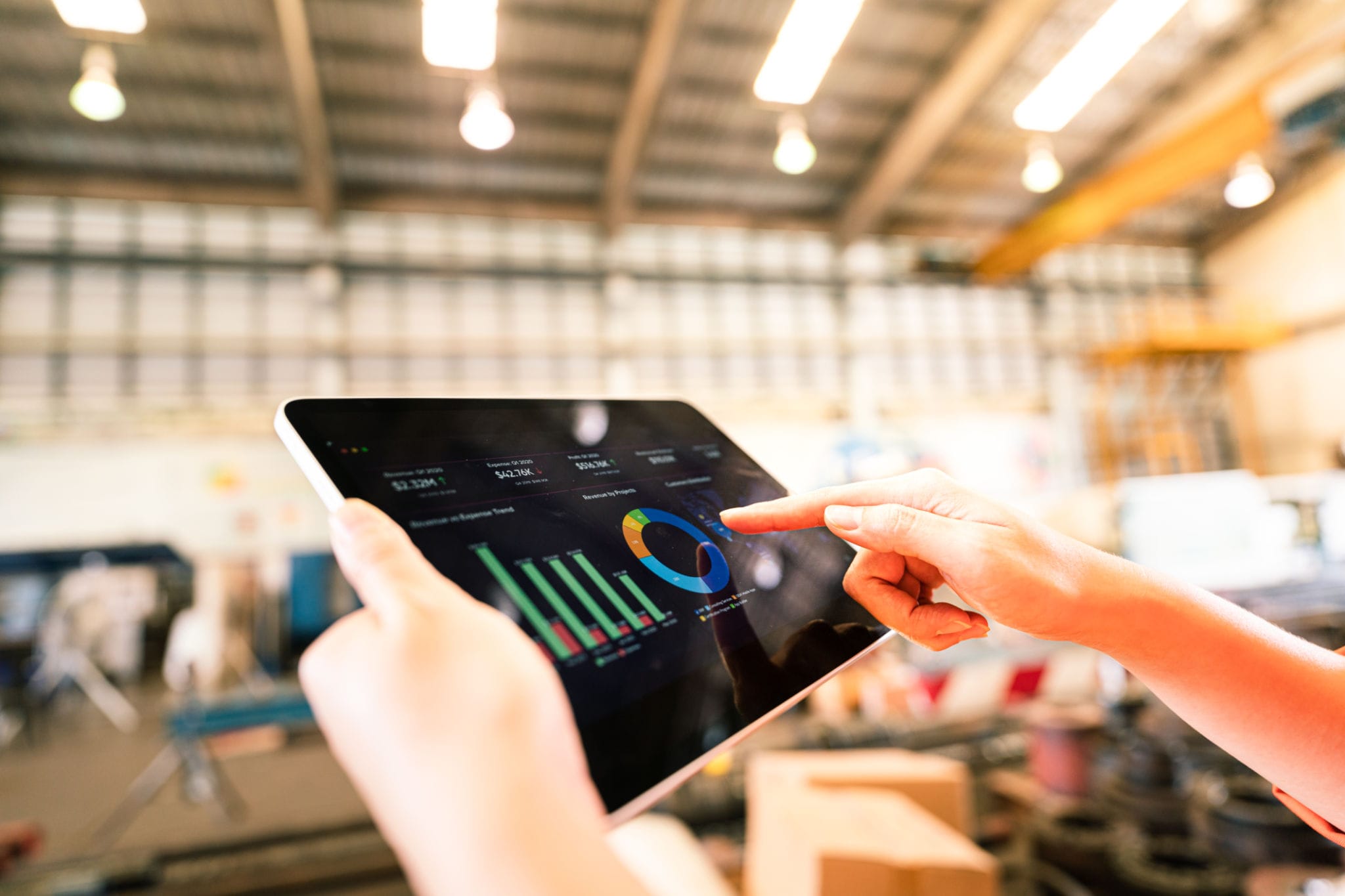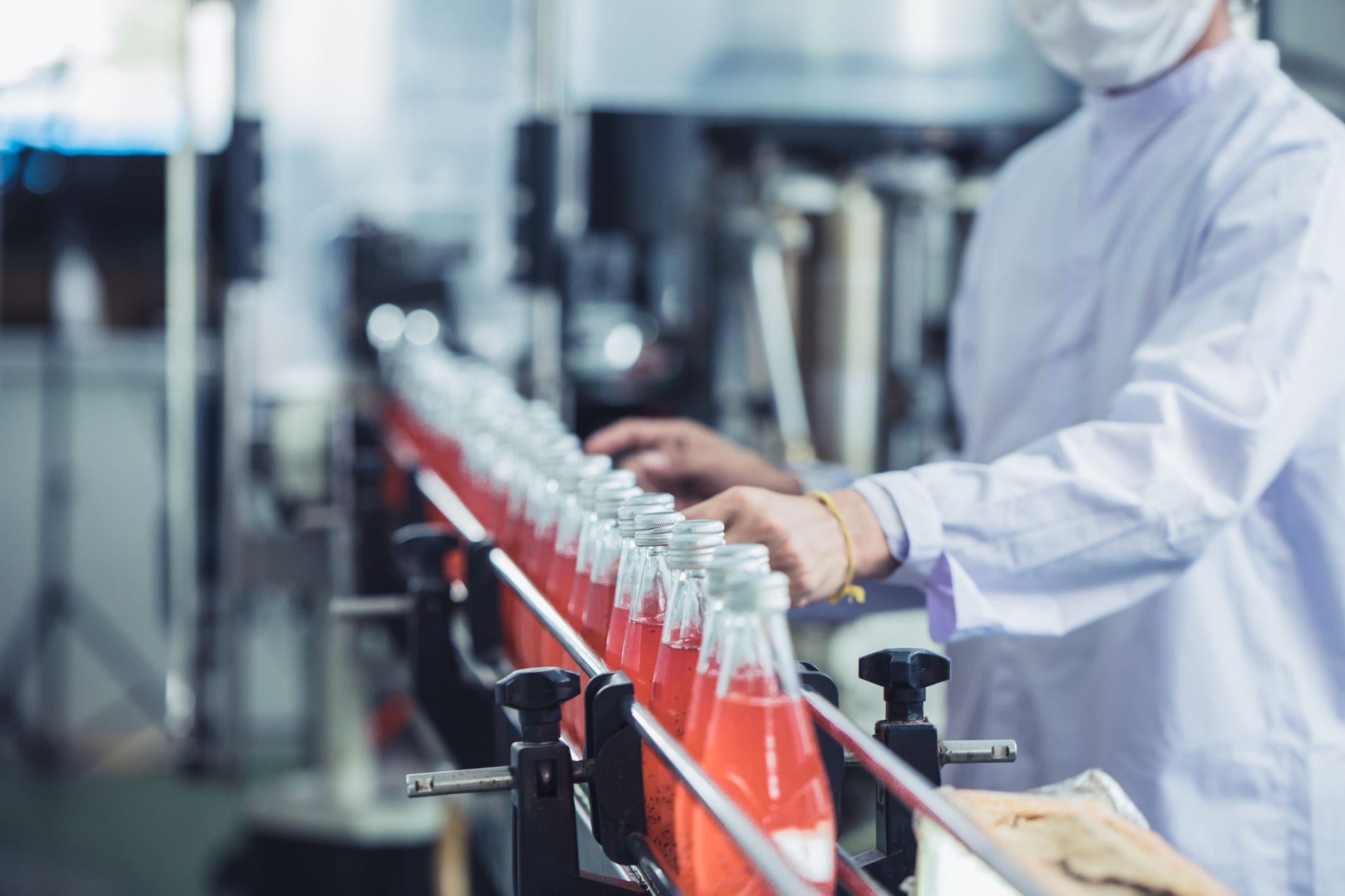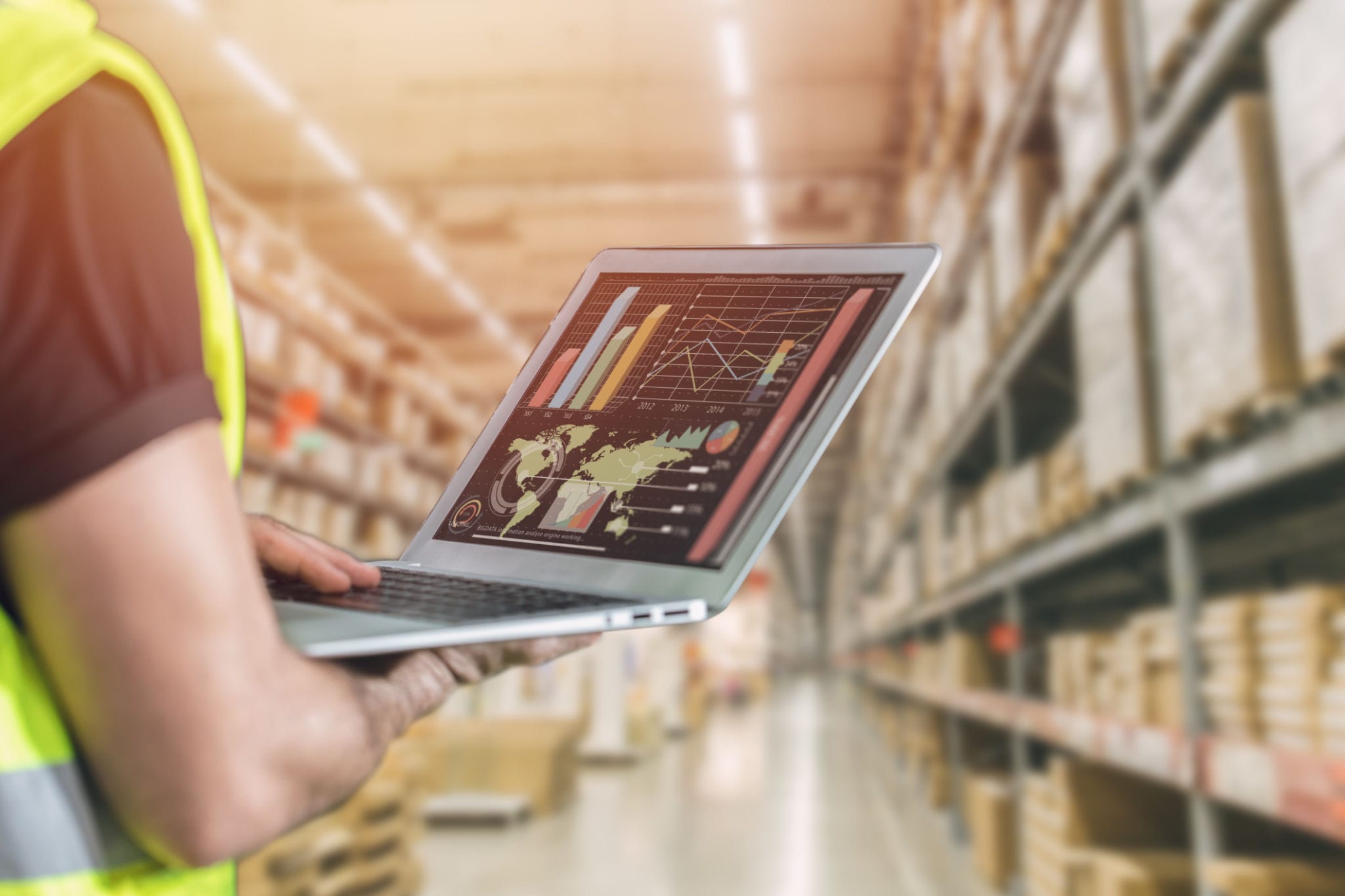What is Real Time Monitoring?
Real time monitoring in the manufacturing industry is considered a valuable growth strategy. According to the data from Decision Analyst Survey sponsored by IQMS (now Delmiaworks) conducted in 2019 from 150 North American manufacturers shows the importance of this aspect.
In the survey, 87% of plastic and process-based manufacturers define it as an essential to the operation. Additionally, 90% of medical product manufacturers said that it has helped greatly in piloting the automated production shift. Furthermore, 69% of manufacturers depend on it to increase tracking production, time accuracy, counting the total parts created and rejected, and also measuring downtime.

Look further on how real time monitoring improves smart manufacturing and creates a high-performing company.
1. Track and Trace
Real time helps out in smart manufacturing by enabling manufacturers to achieve the target to meet customer expectations while at the same time staying in compliance with the regulation.
Delmiaworks research shows that Track and Trace is one of the biggest benefits of the monitoring as part of their ERP system in 2020 and throughout the year 2021. It works well, especially in stabilizing the product quality and reducing operating costs. The data shows that product quality delivers long-term value where it leads to a 30% reduction in cost per lead, 10% reduction in warranty cost, and 25% reduction in the cost of sales.
2. Streamlining audits
Manufacturers need to be ready for both internal and external management audits. Real-time monitoring helps out in managing, streamlining, and automating audits. The benefit was greatly appreciated in all types of industries, especially for medical product manufacturers and aerospace, which require high-level audit complexity.
3. Smart manufacturing with smart machine
One of the potential strategies that manufacturers use to improve floor productivity is the investment in technology and connected machines. Smart and connected machines can self-diagnose, self-control, produce statistical process charts, and provide real-time data to be analyzed by the management.
4. Eliminate bottleneck production issue
Real time monitoring allows the management to capture data on when, where, and why bottlenecks happen, analyze them, and take immediate action to deal with them. Eliminating bottleneck issue helps to reduce scraps, improve on-time delivery, better cycle time, and order performance. This is one of the reasons why monitoring using real-time data is considered an effective strategy for smart manufacturing.
5. Reducing errors
Real time data allows the management to monitor things live. It helps to monitor any errors including tool breakage, work-piece error, temperature variation when it drops or reaches the peak, vibration, and machinery acceleration. Anytime an error happens, the management and or the operator can troubleshoot it immediately to prevent a bigger issue, and that is called smart manufacturing.
6. Better Sustainability
Monitoring energy consumption and waste production during the production time is part of the strategy to achieve sustainable goals in all industries. Sustainability is a major issue due to environmental awareness, consumer demand, and federal regulation. Therefore, real time data and monitoring are considered part of smart manufacturing.
7. Long-life production assets
Live monitoring using real time data allows the management to predict preventative maintenance schedules effectively, and not rely on the specific date. This is an important aspect of improving smart manufacturing because the ability to do preventive maintenance will prevent a bigger issue with the production process; thus improving efficiency and productivity.
8. Improve Productivity
Real time brings accurate and higher quality data, and allows the manufacturers to find insight on how to improve shop floor productivity and excel in meeting customer demand. It becomes the primary factor for smart manufacturing. Furthermore, it improves customer loyalty, repurchase rates, and manufacturer’s income.

Subang Smartpolitan by Suryacipta is an integrated industrial township that leverage technology in its infrastructures to support smart manufacturing. The use of sensors such as smart flow sensors and energy consumption sensors deliver real-time data for live monitoring. These led Subang Smartpolitan as one of the sought-after industrial areas in Indonesia.

